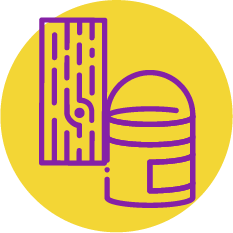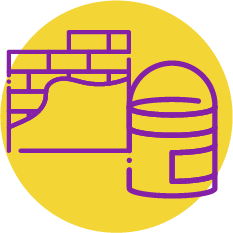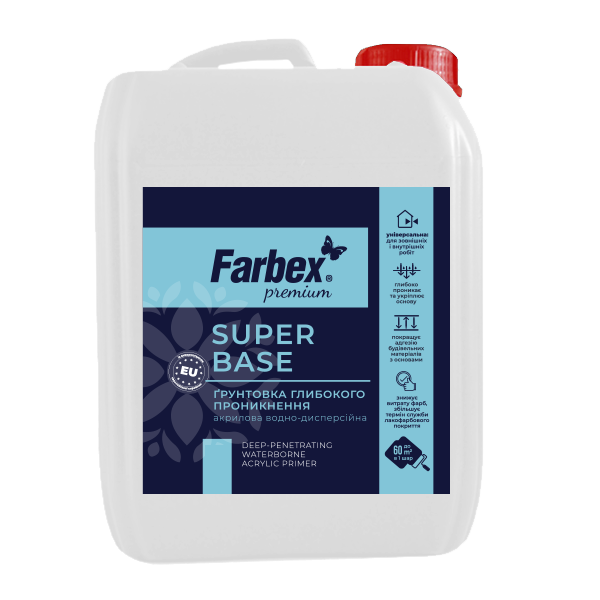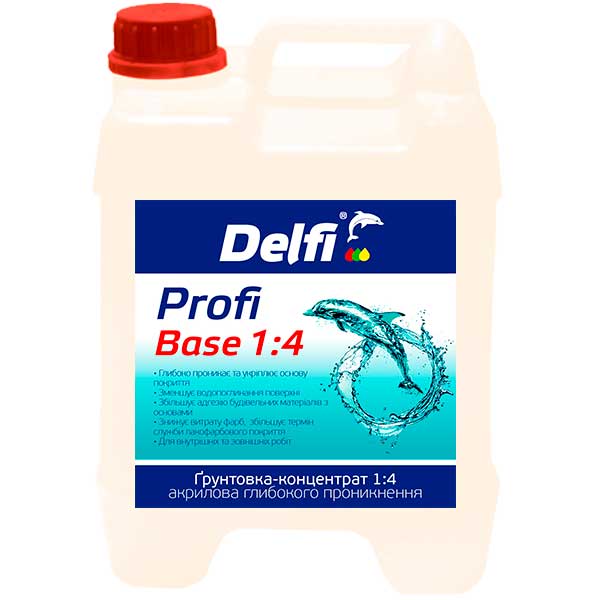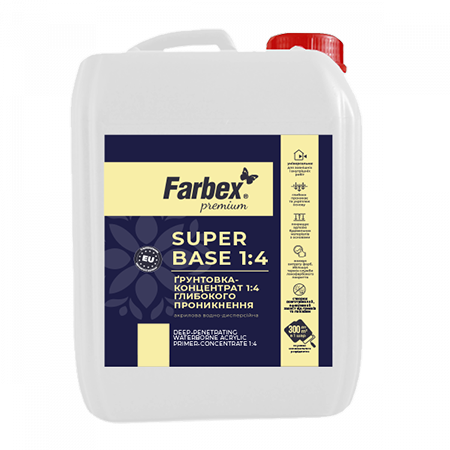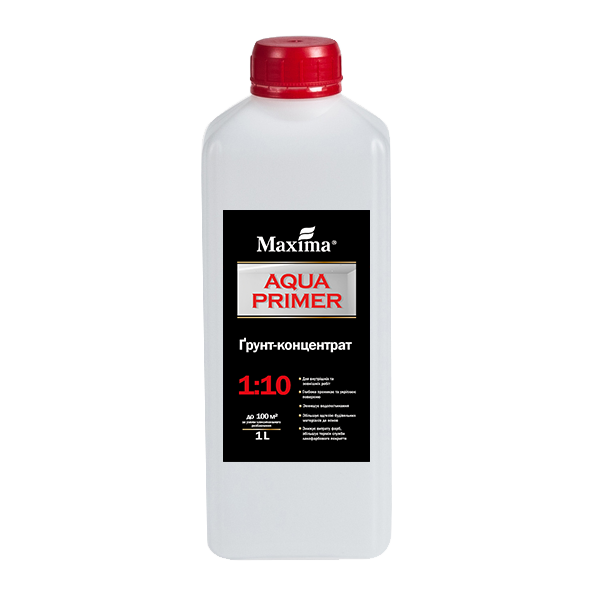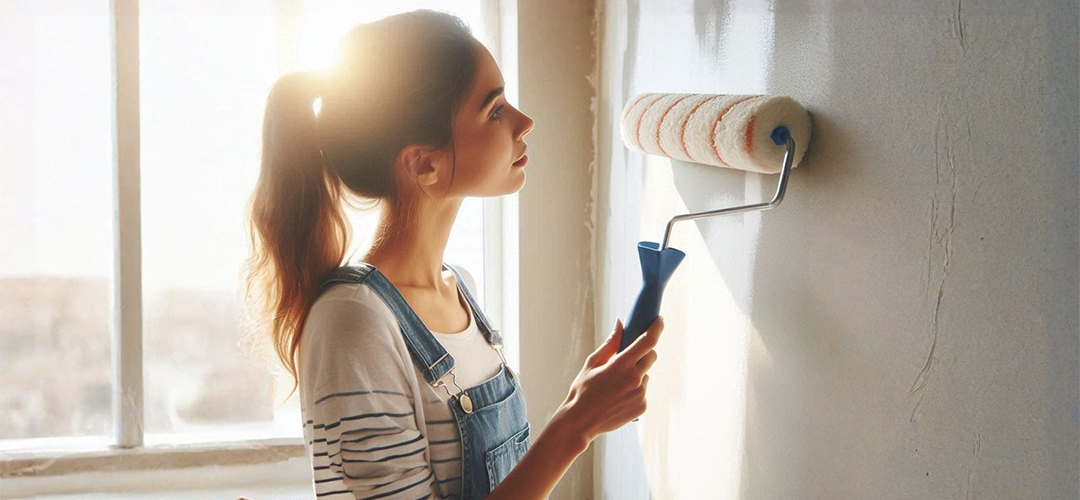
How Long Does Wall Primer Take to Dry? Tips for Renovation
Priming is an important stage in surface preparation before painting. The primer creates a protective and reinforcing layer on the surface, promoting better adhesion with putty, paint, wallpaper, tiles, decorative materials, and other wall finishing materials. This ensures the durability of the coating and prevents peeling. However, many people wonder: how long does the primer take to dry? This question arises quite often, as the drying time of the primer directly affects the pace of the renovation and the final result.
1. What is primer and why is it important?
Primer is a special solution applied to the surface before the final coating is applied. It helps to prepare the surface by improving the adhesion of the paint to the base, reducing its porosity, and increasing the durability of the coating.
2. Factors affecting primer drying time
One of the main questions when applying primer is its drying time. There is no simple answer to this, as drying speed depends on the following factors:
2.1. Type of primer and its composition:
Typically, acrylic primer is used for wall priming. It provides excellent adhesion between the surface and subsequent coatings such as putty, paint, wallpaper, tiles, decorative materials, and other finishing materials. Acrylic primer creates a protective and reinforcing layer that improves the material’s bond with the surface, reduces paint consumption, and increases its durability. Additionally, it dries quickly (from 1 to 3 hours), has no strong odor, and can be used for both interior and exterior work. Due to its water-dispersion base, acrylic primer also allows walls to “breathe,” which is important for preventing mold and fungus.
2.2. Temperature and humidity:
Other important factors affecting primer drying time are temperature and humidity. The ideal conditions for applying primer are: air temperature of 15-25°C and low humidity. If the temperature is lower or humidity is high, the drying process slows down significantly.
3. How to check if the primer is dry: simple testing methods
To check if the primer is ready for paint application, you can perform a few simple tests. For example, gently run your finger over the surface. If no marks are left on your finger, it means the primer is dry. You can also check the dryness using a napkin or cloth.
4. What to do if the primer is not drying
Sometimes, the primer may not dry properly due to low temperature or excessive humidity. In such cases, it is recommended to increase the room temperature or use heaters to speed up the process. To further accelerate drying, use the following tips: use fans to improve air circulation and increase the temperature in the room.
6. How to choose the right primer: recommendations for a perfect renovation
If you are looking for high-quality primer, we recommend visiting our online store Farba4You.com. On our website, you will find a wide selection of primers for various surfaces and purposes:
Concentrated primer: Ideal for large spaces since you do not need to order a large quantity of primer, which later saves on delivery costs. Another advantage of concentrates is the ability to control the dilution level, which is particularly important for rough or porous surfaces such as sand plaster or brick. You can adjust the consistency depending on the adhesion or density you need. Products include: Primer concentrate 1:4 acrylic deep penetration “Profi Base” Delfi, Primer concentrate 1:4 water-dispersible acrylic deep penetration “SuperBase 1:4” Farbex, Primer concentrate 1:10 “Aqua Primer” Maxima.
Ready-to-use primers: These are convenient options as they are already ready for use without the need for dilution. They are perfect for small repairs or for those who want to save time on preparing the solution. These primers often have high moisture resistance and dry quickly. Products include: Water-dispersible acrylic deep penetration primer “Super Base” Farbex, Deep penetration primer “Base” DekArt
We offer free consultation on choosing a primer so that you can select the best product for your renovation, taking into account the surface type and the final result requirements.
The drying time of the primer depends on many factors: the type of primer, temperature, humidity, and surface type. The right choice of primer and its proper application significantly speeds up the renovation process and improves the result. If you want to buy high-quality primer, visit our website Farba4you.com and make a purchase that will ensure the perfect result for your renovation!


